This post has not been edited by the GamesBeat staff. Opinions by GamesBeat community writers do not necessarily reflect those of the staff.
DISCLAIMERS: 1) Spoiler alert; fair warning given. 2) For the purposes of this article, a first-person shooter (i.e., FPS) encapsulates various similar games not specifically presented in first-person perspective, including awesomely addicting second-person shooter Zato (link leads to David Sirlin's description of the game) and third-person shooters like Gears of War.
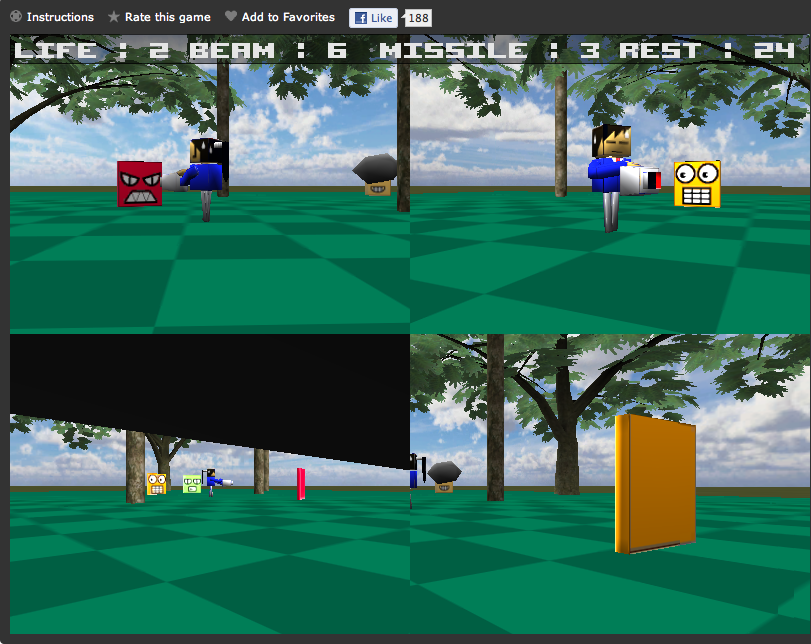
Zato, a second-person shooter you haven't played. And that you need to play. RIGHT NOW.
There's an alarming trend amongst so-called gaming enthusiasts in our day and age, a malady I call MovieBob Syndrome. It involves claiming copious amounts of passion for games while simultaneously failing to grasp even the first clue about them, making sweeping generalizations about the hobby whilst relying heavily on logical fallacies to support foolish arguments.
No other game genre knows this affliction better than first-person shooters. The tested and true FPS is something of a divisive topic in today's gaming landscape; some even claim it's the thing that ruined gaming forever. That's a damn shame, because the notion that the FPS is stale and toxic is so monstrously mistaken as to be safely considered objectively wrong.
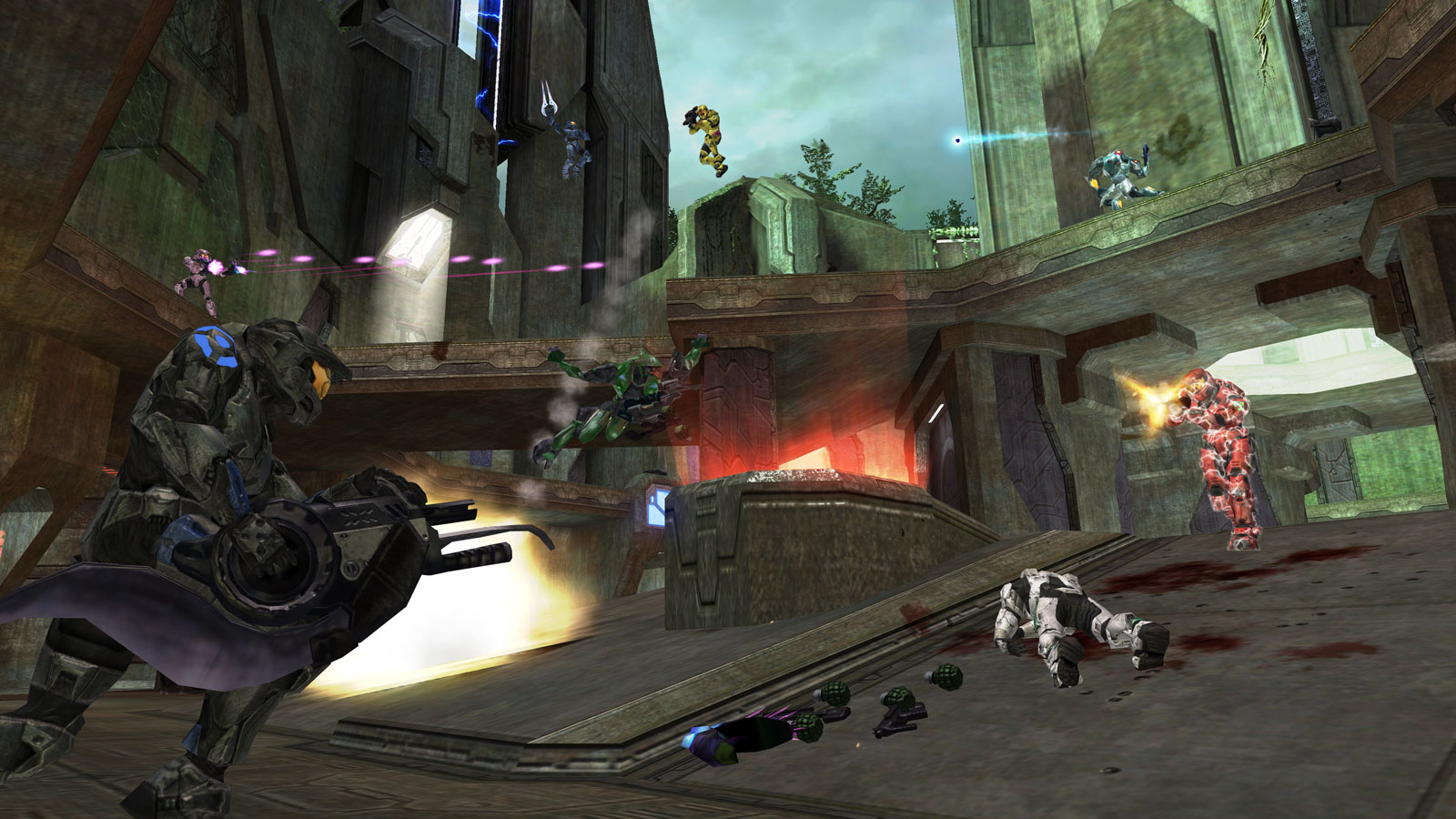
Gaming, ruined forever. Where are the Goombas and Fire Flowers?
I spoke at length about this with my podcasting partner (the episode, for anyone interested). My position: the first-person shooter is not stagnant by virtue of what it is; it's stagnant because developers play too safe, failing to push this flexible and highly adaptable genre to its limits. Any thoughtful analysis of FPS titles, without the aforementioned Syndrome clouding ones judgement, reveals a variety of sub-genres and subtle nuances that make FPS games unique experiences.
There's the Puzzle FPS, best represented by the fantastic Portal series, where the environment and your own cunning are as potent as whatever "gun" the designer puts in your hands. Though Portal made this popular, it has existed for a long time, mainly in many a custom Classic DOOM level; maps where you had to creatively make enemies fight each other, find safe paths through armies of Cyberdemons, etc. The aforementioned Zato, a second-person shooter where you see yourself through enemy eyes, tasks you with turning your computer opponents' vision against them, aligning yourself out-of-body.

Perhaps the best single-player game ever made. No joke.
There's the "Shmup" FPS, where agility is key to success and enemies are threatening through numbers rather than AI routines. Classic DOOM is the name of the game here, though Serious Sam and Duke Nukem 3D hold coveted spots in this sub-genre's hall of fame.
The Multiplayer FPS — whether cooperative or competitive, with players both going solo and working in variably sized teams — represent the social side. Unreal Tournament and Quake 3 Arena embrace competition, concerned primarily with fast, frantic death matches and objective-based games. Tribes put players into massive (at the time of its release) armies, encouraging teamwork and mutual victory.
The Adventure FPS rewards exploration and perception with new abilities and key plot points. Retro Studios' marvellous Metroid Prime — and its significantly less marvellous sequels — is a great example, playing out like a 3D version of the coveted Super Metroid.
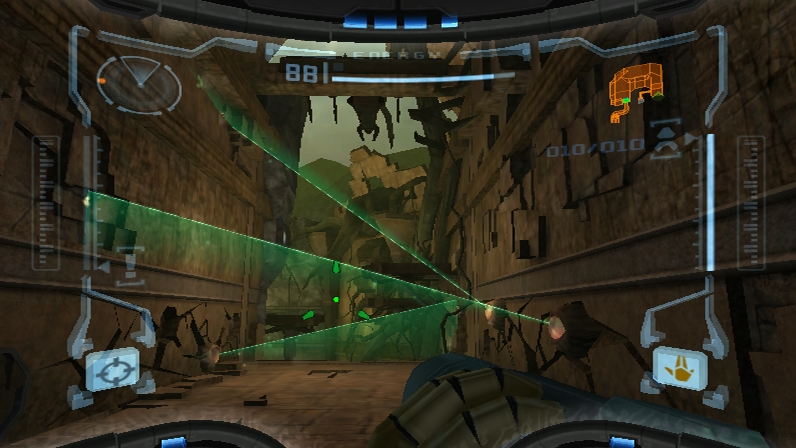
Rare footage of Samus before she was re-tooled to align with Japanese sexual stereotypes.
Even amongst more "traditional" FPS games, like Halo and Gears of War, there's evidence of the unique design philosophies and gameplay styles at work, each requiring different approaches. Gears of War is especially enjoyable, with carefully designed encounters that introduce elements and scenarios individually at first and then all at once, rewarding the savvy player who plans on the fly based on available weaponry and cover.
These games have spanned a multitude of settings, from science-fiction to fantasy to everything in between, painting distinct pictures in line with the perspective they present the gamer. Wolfenstein 3D masks its early foray into the genre with visually compelling labyrinths, using thoughtful textures and disturbing imagery to turn the game's boring-on-paper grid into an environment that comes alive with style. Heretic and Hexen present lush, dark fantasy trappings, framing the mystical weapons that replace the usual run and gun. Gears of War's use of dull brown and destroyed cityscapes tells a tragic story worth thousands of words.
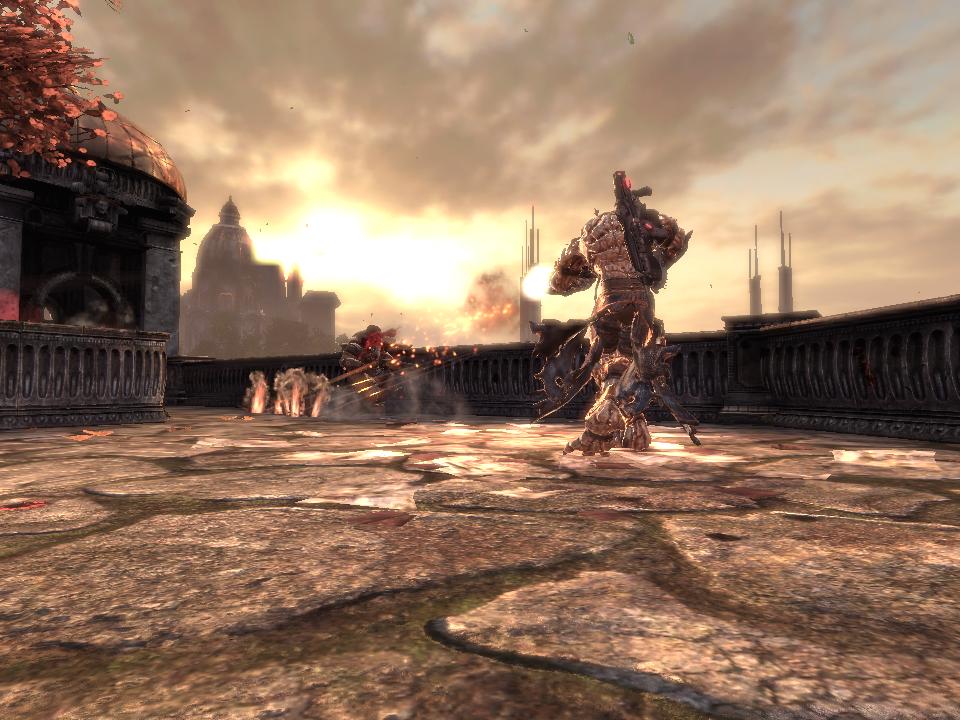
Apparently this game's use of "brown" is an affront to gaming. Why can't all that dust and decay be, oh I don't know, green and pink?
It's a shame that many rehashed, uninspired first-person shooters litter the market today. No doubt this partly fuels much of the negative sentiment they get from so-called gaming "purists," and while this would happen with any overused genre (I'm looking at you, 80s and 90s 2D platformers), it makes one wonder why we don't see more FPS games doing things they either haven't done much of (puzzlers) or haven't even tried.
John Romero, a huge fan of Chrono Trigger, initially envisioned Daikatana as a JRPG in FPS format; a lofty goal, despite the end result. Me, I'd love to see the FPS version of Chrono Trigger. Crono's core gameplay would have to change; the whole game would, actually. But picturing running across Zenan Bridge, sniping at Ozzie as he makes his escape while summoning monsters in his wake, makes me giddy. Imagine a level like the ocean palace in first-person perspective, or taking on Lavos' second form in a fight demanding constant movement to avoid its many energy attacks; there's potential for some real imaginative, pulse-pounding, jaw-dropping gameplay.
ID Software abandoned the fast, frantic shooter formula for DOOM 3 — a shame — but there's room for other developers to take a stab at the idea. The notion of Cave (many a bullet hell shooter including Mushihime/Bug Princess and DeathSmiles) or Final Form Games (responsible for Cave-inspired, and in many ways superior, Jamestown) creating a DOOM-esque first-person shoot 'em up is one I often fantasize about and wish would become reality.
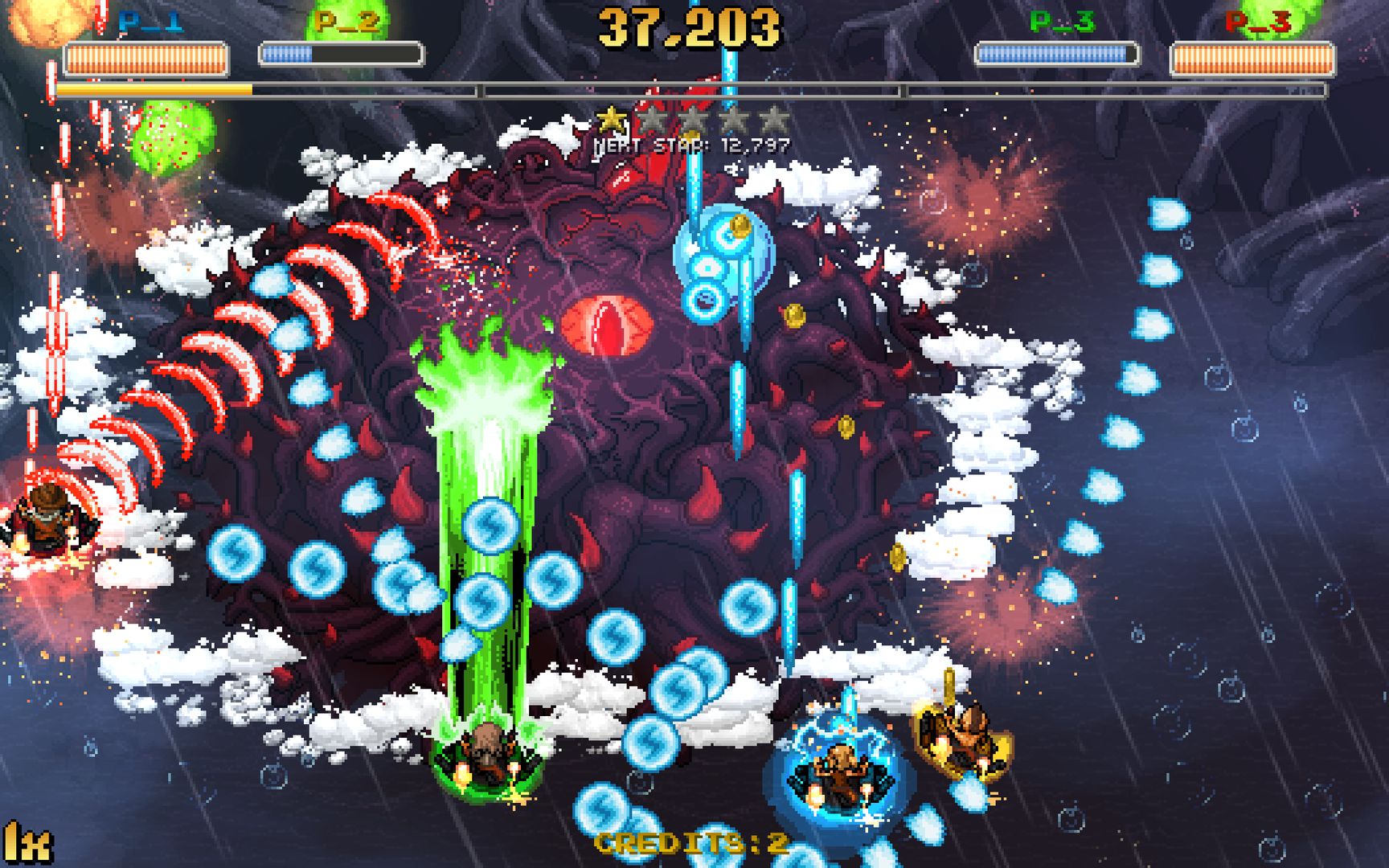
I want the FPS version of this to be DOOM 4.
Megaman Legends was FPS-esque in many ways, and another game in its vein — perhaps an entry in the Megaman X series — would give ambitious developers a chance to showcase the franchise and the genre in original, interesting ways. While on these thought experiments: how about an Epic Games/SNK "franchise exchange," with the former creating a third-person shooter style Metal Slug and the latter turning Gears of War into a 2D side-scrolling shooter? Yes, my mouth is also salivating at the prospect.
Often subjugated to unfair hate, the sturdy and timeless first-person shooter genre is here to stay, and has been around since before the days where DOS boot disks or CONFIG.SYS and AUTOEXEC.BAT boot menus were needed to make DOOM 2 run properly (read: at all). There's an FPS for just about every taste in game mechanics and fictional setting, though developers can do more.
And that's what the criticism should target, not the genre itself for crimes it didn't, and couldn't possibly, commit.
Screenshots from GiantBomb's archive.
Zato screenshots from Sirlin.net. David Sirlin writes awesome game design articles and made Yomi, so you should check out his site.
Carlos Alexandre is a self-described handsome fat man. He ponders his entertainment, and you can find said ponderings on both his website and the podcast he co-hosts.
